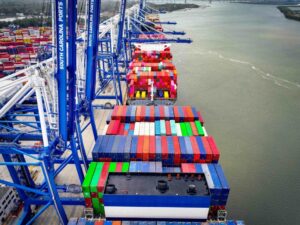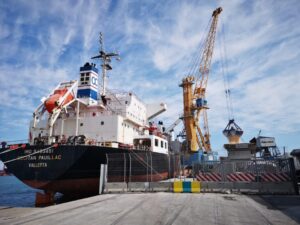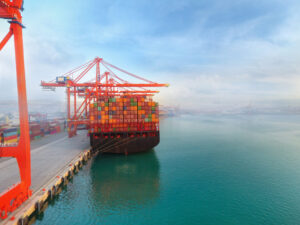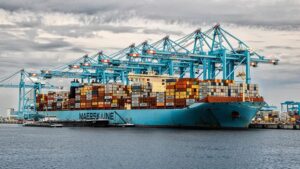The outlook for the container shipping market in 2018 and 2019 is a combination of healthy demand growth that will outpace the fleet, according to the latest edition of the Container Forecaster published by global shipping consultancy Drewry.
Drewry’s analysis has found that the change to the market’s pace will result in a better supply-demand balance and slightly higher freight rates and profits for carriers.
Simon Heaney, senior manager, container research at Drewry and editor of the Container Forecaster, said: “The bad news for carriers is that they are unlikely to see the very strong demand growth rates of early 2017 for the foreseeable future.
“The good news is that while port handling growth may have peaked, they can still expect more than adequate volumes for at least the next two years.”
Subtle changes to the orderbook, mainly in the form of delivery deferrals, have softened this year’s new capacity burden and had a positive effect on Drewry’s supply-demand equations for both 2018 and 2019.
Heaney added: “The top-heavy delivery schedule for 2018 with the majority of ULCVs being delivered in the first quarter has depressed our supply-demand index, but the balance will improve as the year progresses.
“Unfortunately for carriers this won’t come soon enough to erase the negative sentiment for annual contracts, hence why we only anticipate a small uplift in average freight rates for the year.”
Drewry's Neil Davidson has explored retrofit terminal automation in his latest Port Technology technical paper
Heaney stated that renewed newbuild contracting activity is not yet at the level that risks worsening the supply-demand balance.
“For now, we are optimistic that new investment in containerships will be appropriate to the demand needs,” he said.
Drewry’s forecasts were finalised before the escalation in trade hostility between the US and China.
“We did build in some element of trade deflation based on past rhetoric and actions,” said Heaney.
“A trade war is not yet inevitable, but given the lack of details, quantifying the risk to container shipping is very difficult.
“For example, much of the hi-tech goods considered liable to tariffs will be airfreighted rather than move on the water.
“In a worse-case scenario we believe as much as 1% of the world’s loaded container traffic could be exposed, and were the situation to become real we would clearly have to revise our demand forecasts downwards.”









